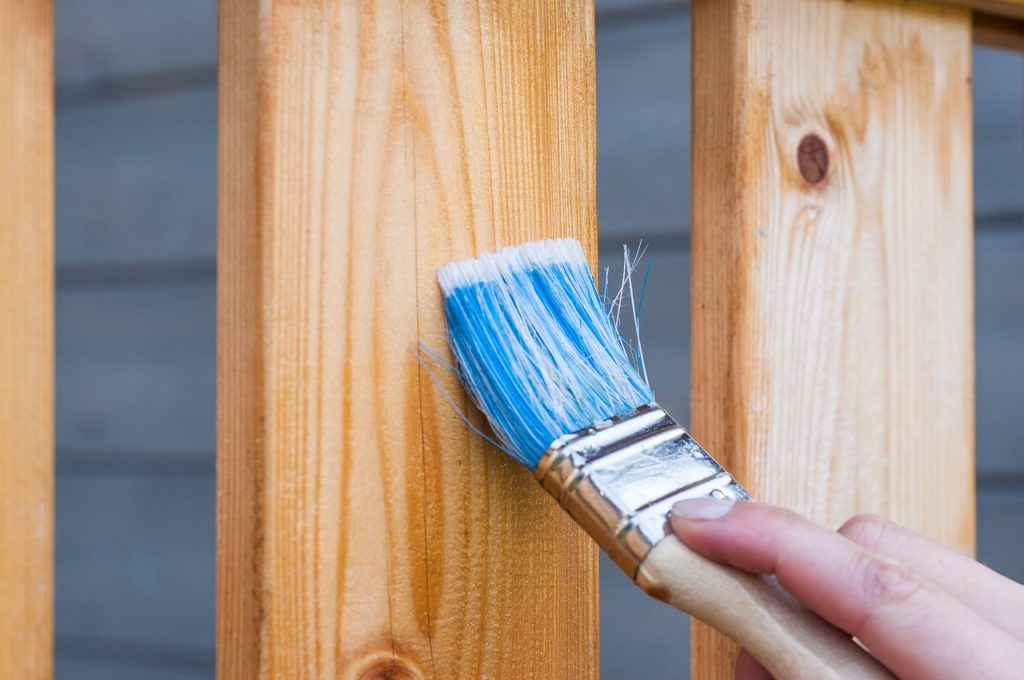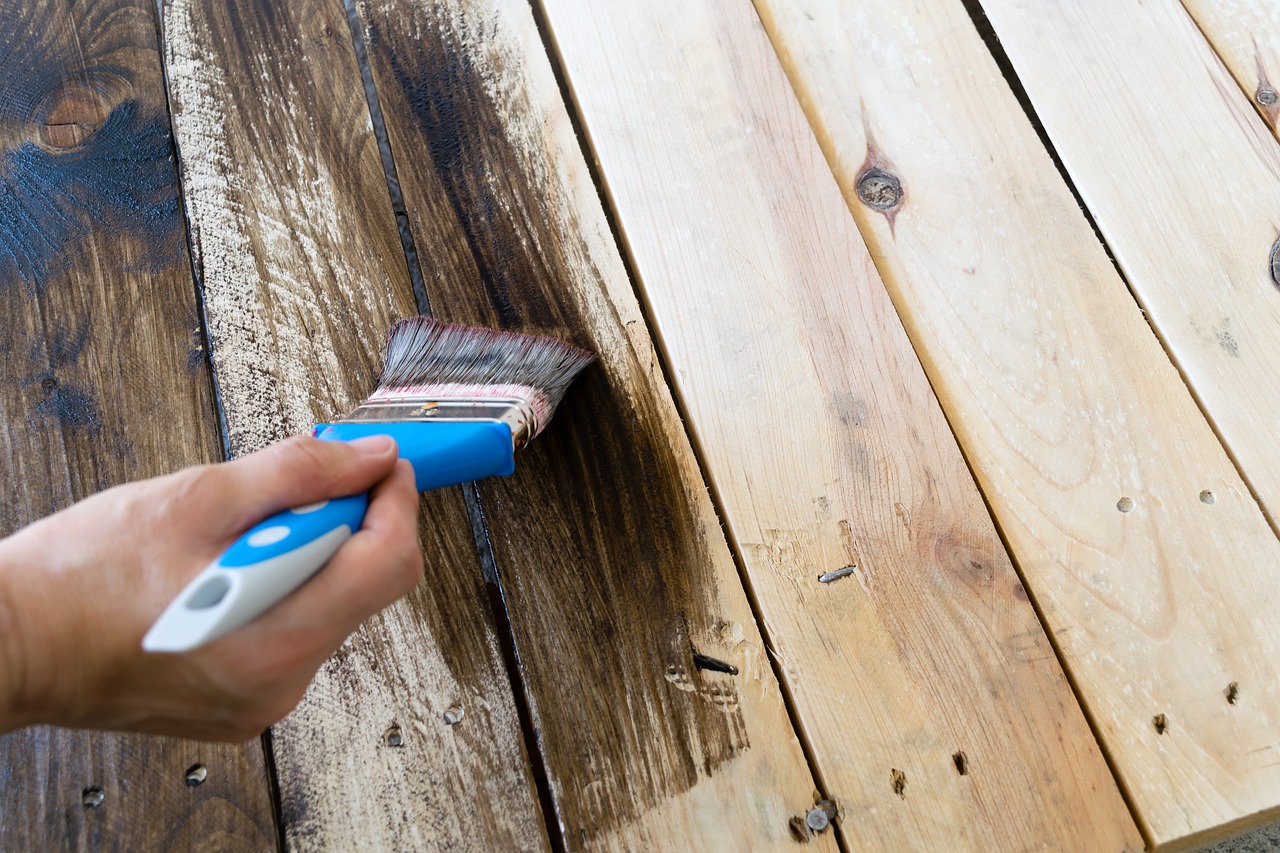
How to Paint Wood (Part 2)
This post is a continuation from part 1 on How to Paint Wood. Lately, we have gone through
– Step 1: Prepare the wood surface before painting it
– Step 2: Fill holes and cracks with wood pulp
We will now cover the remaining steps:
– Step 3: Sand the wood
– Step 4: Clean the wood
– Step 5: Apply an undercoat on the wood
– Step 6: Paint the wood
– Step 7: Varnish the wood
So, let’s now continue…
Step 3. Sand the wood
You can sand the wood with steel wool or sandpaper. In both cases:
– Always sand the wood in the direction of the grain.
– Do not insist on the same spot, and do not press too hard so as not to dig into the wood.
– Clean sanding residues regularly to get a good idea of the progress of your sanding work.
– Sand until the surface is even and smooth to the touch.
Step 4. Clean the wood
Once you have sanded the wood,
– Clean the dust with a vacuum cleaner or a cloth.
– Use a damp sponge to pick up any traces of dust.
– Allow drying entirely before applying a primer.
Step 5. Apply an undercoat on the wood
The undercoat (or primer or primer) for wood helps to mask possible surface defects and increase the paint’s adhesion.
– Apply the undercoat with a roller or brush.
– Apply the undercoat in vertical stripes and then cross over by painting horizontal stripes.
– Once you have covered the entire surface, allow drying completely.
If you are painting dark wood, you may need to apply a second coat of primer.
– Once the first coat is dry, sand lightly with fine or very fine sandpaper.
– Apply the second coat in the same manner as the first.
Step 6. Paint the wood

When the undercoat is dry, you can paint the wood.
You can paint the wood using a roller, a brush or a spray gun.
– The brush can be used to paint furniture and small objects or door and window frames.
– The roller allows you to paint furniture and large surfaces with a uniform result.
– The paint gun paints large surfaces quickly and without streaks.
Step 7. Varnish the wood
The varnish protects the paint from wear and tear while providing a finish to the paint.
You can apply different types of varnish on the paint, depending on the effect you want.
Note: you will need to equip yourself with the following materials
|
Materials |
Approximate price |
|
Roll |
Starting from $5 |
|
Brush |
Starting from $3 |
|
Paint tray |
$3 |
|
Wood underlay |
$10 approx. |
|
Spatula |
Starting from $1 |
|
Chemical stripper |
Approximately $8 per 1 L pot |
|
Steel wool |
$6 approx. |
|
Wood pulp |
About $5 |
|
Wood varnish |
$20 per litre |
Thank you for staying posted on our new blog posts. Hope the posts from homemade tips: How to Paint Your Furniture and How to Paint Wood (Part 1)will help you.
Remember to leave your comments below and share these posts with your friends. Also, do not hesitate to request to read on specific homemade tips you would like to read on.
Some other homemade-tips you might be interested in reading on:
Stay posted!
